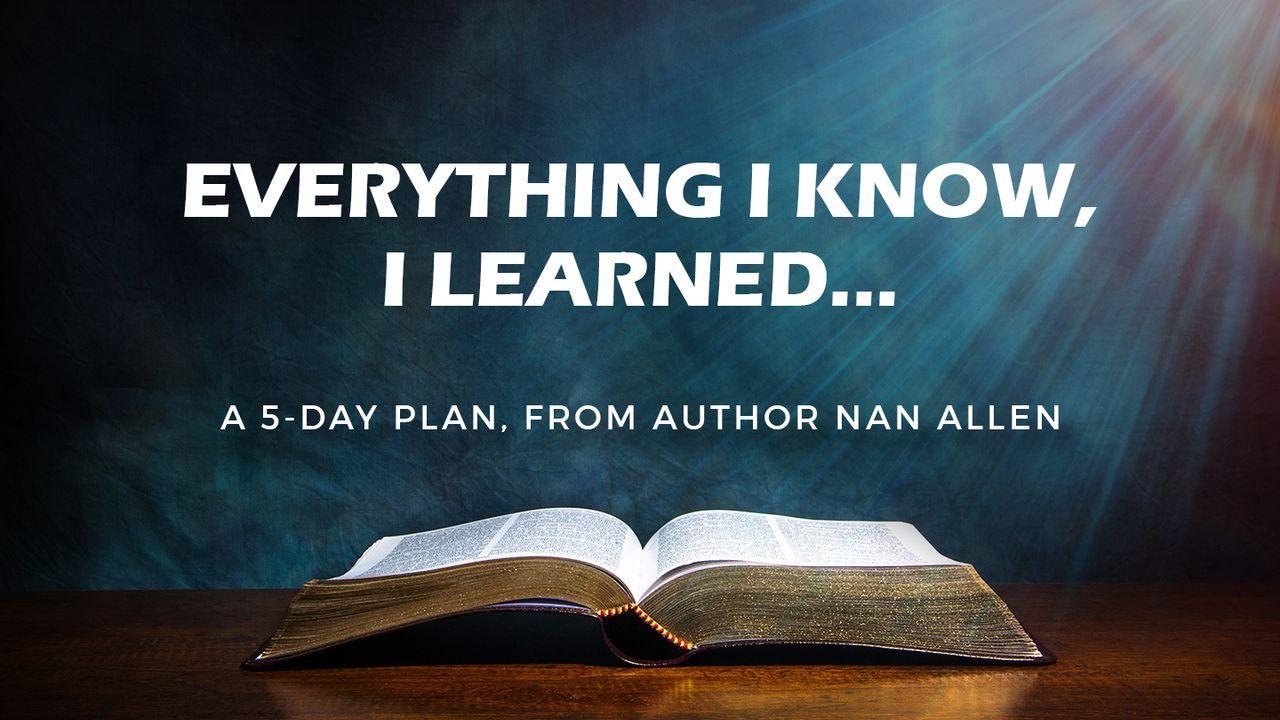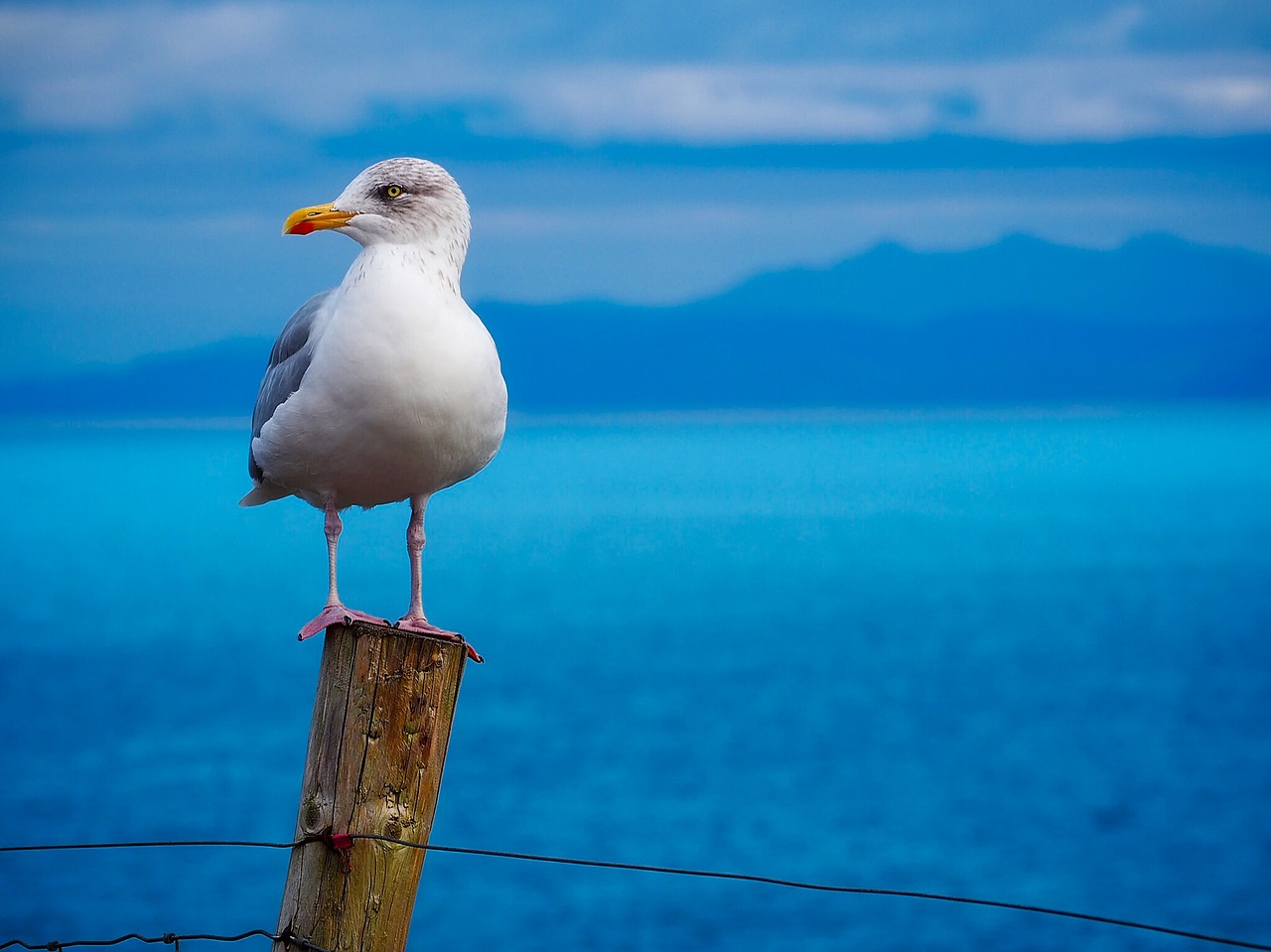Everything I Know, I Learned...Ukázka


Into the Wind
Not long ago, I was on the Gulf Coast of Florida taking a few days of R & R. I spent a couple of days just sitting on the beach watching the waves and the dolphins roll in and out of my view. And though I’ve been to the beach many times, I always learn something each time I go—this time, I chose to watch and learn from the seagulls.
They’re scavengers, no doubt, and they find no shame in begging for morsels from unsuspecting beachcombers. Reflection: Don’t throw out anything edible if you don’t want to reenact a horror scene from a Hitchcock movie. This I already knew from experience.
Observation: Seagulls are almost always found in flocks. You hardly ever see one alone (no matter what the book Jonathan Livingston Seagull implies). Sometimes, it’s a small flock, sometimes a huge herd. But I knew that, too.
Lesson learned: I realized this time for the first time that all seagulls in a flock, while on the ground, face in the same direction. It was funny at first. A single gull might fly off for a few minutes, then return and resume the position as if compelled to fit in or because he was being careful not to ruffle the feathers of the alpha male or a higher-up in the pecking order. Was it east or west or what lined them up facing one way?
Finally, it dawned on me. They all seemed to face into the wind.
When I got home, I did a little research and found that this was exactly what they were doing. It was the wind that determined their direction, and for a bird of flight, that is important. Seagulls must quickly vacate the beach when danger arrives or when a food source suddenly becomes available. If their tail feathers are facing the wind, they would be less aerodynamic and more in danger of getting saltwater, sand, or debris under their perfectly designed down and feather covering. It just makes sense. They protect themselves from harm, and they are always ready for flight by leaning into the wind.
I know that eagles can soar to great heights. I know that ducks can fly long distances, but not necessarily so high. However, you have to give them something for endurance. Eagles fly high, and so do I sometimes. Ducks fly far, and often, perseverance is required of me. But seagulls stand on the shore, feel the wind on their beaks, and wait for the next thing.
The New Testament teaches about readiness in two different ways. First, in Ephesians Chapter Six, Paul writes: “Put on the full armor of God, so that you can take your stand against the devil’s schemes.” In another place, the writer of Hebrews says, “…let us throw off everything that hinders and the sin that so easily entangles. And let us run with perseverance the race marked out for us…” (Hebrews 12: 1). Which is it? “Put on” or “throw off”? The seagull doesn’t ask that question. He just leans in.
